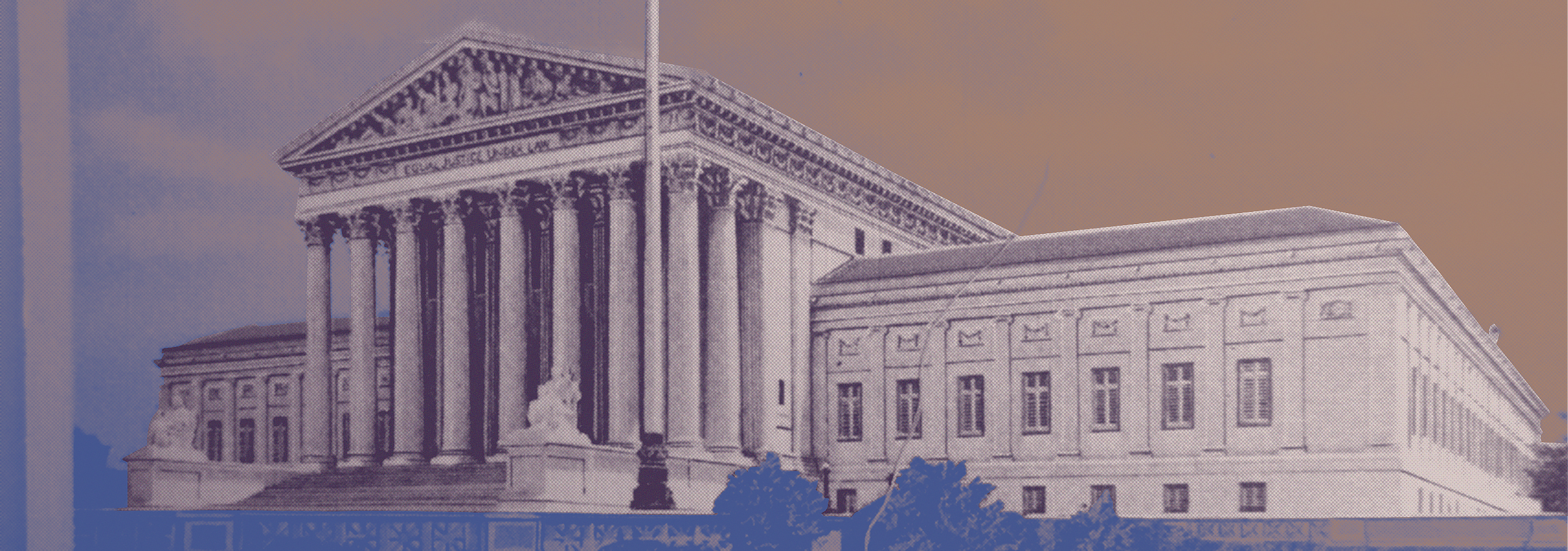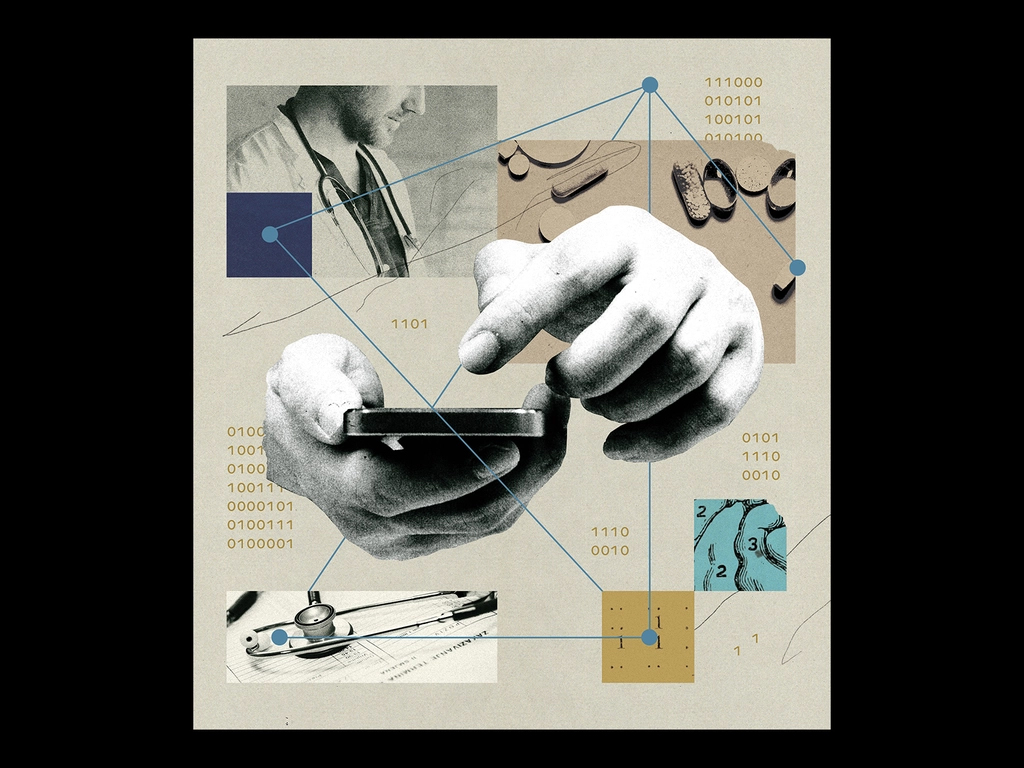
Access to Justice at Public Justice

Mission Statement
The US court system is a critical tool for bringing government and corporate misconduct to light. The courts create accountability for those who abuse their power, and help people fight discrimination and other forms of systemic harm. The Access to Justice Project recognizes that the court system is not equally available to all people. Structural barriers can make the courts ineffective or out of reach altogether.
Through strategic high-impact litigation, and with a focus on targeted appellate advocacy, the Access to Justice Project fights these barriers and seeks to make the court system effective, transparent, and equitable for everyone. With a broad range of partners, we help those with less power win better outcomes and we hold those with more power accountable.
Areas of Focus
Public access to court records is rooted in the idea that the legal system should be transparent and accountable. When government officials and corporations can improperly seal court records or close proceedings, they are able to limit their liability and keep the public in the dark about their behavior.
For two decades, Public Justice has advocated against court secrecy by challenging overbroad protective orders and unsealing court documents that expose corporate and government wrongdoing. We also share vital information from unsealed documents to ensure issues of public interest actually reach the public. Transparency helps consumers make decisions about what companies to do business with, and prevents powerful actors from causing the same harms over and over. Transparency also makes it easier for communities to hold their elected officials accountable.
Access to justice is especially difficult for the two million people locked up in state and federal prisons, jails, and immigration detention facilities across the country. Mass incarceration and immigrant detention are forms of structural violence built on the foundation of white supremacy. Supported by a network of profitable corporations, mass incarceration targets and dehumanize people of color, queer people, and immigrant communities. Public Justice is fighting to expand institutional liability, create new paths for collective legal action, and dismantle immunity doctrines and other procedural barriers that deny incarcerated people recourse to civil courts.
When an employer, lender, landlord, or other business has a policy that appears neutral on its face but actually disproportionately affects a certain group of people, that policy may be illegal under a disparate impact theory of discrimination.
Other types of discrimination cases require proof that the discrimination was intentional. Disparate impact cases focus on the discriminatory effect of a policy, and can be a powerful tool for fighting systemic inequities. For example, when landlords or employers rely on criminal background checks to make decisions about who to rent to or hire, they are incorporating existing racial disparities in policing and the criminal legal system into their decision, even if they do not intend to discriminate. Public Justice is working to defend and expand the use of disparate impact liability so that people harmed by such “neutral” practices can have justice.
Who can bring a case in court? The answer to this question is known as standing doctrine. Because standing doctrine defines how and when someone has legal standing to bring their case, it is frequently targeted in attacks to make the definition as narrow as possible. This can make the standing doctrine into a barrier that keeps workers, consumers, and victims of discrimination from ever having their claims heard by a judge or jury. Public Justice is committed tochallenging these harmful interpretations of standing requirements, in both federal and state courts. We want to ensure that all people are able to seek recourse through their judicial system. Public Justice has litigated dozens of cases fighting for fair interpretations of standing. These include cases about fair lending, discriminatory
When someone is harmed by a business or employer, they should have a say in how the problem is resolved. Some disputes are best handled by the courts, others can be dealt with in private arbitration. Certain types of disputes, such as when a large corporation illegally overcharges thousands of customers by a small amount, are nearly impossible to resolve outside of a court. But corporations are increasingly using contractual fine print to force workers and customers into private arbitration for any dispute. The powerful corporations that create these one-sided contracts claim it is because private arbitration is “faster” or “more efficient.” But if that were true, there would be no need to take away access to the courts, because customers and employees would regularly choose the “efficient” option. The truth is most consumers or workers lose their claims in arbitration – if they even bring them all.
Forced arbitration clauses are also used to prevent people from joining together to bring class actions against wrongdoers. Consider when a company harms a lot of people, but in small amounts. That type of harm is not realistically resolved by thousands of customers filing individual claims for $30, and the most likely outcome is that zero customers will file claims.
Infrequent attempts with low odds of success for claimants isn’t a side of effect of forced arbitration – it’s the entire point, and it’s why many corporations now require their customers and workers to give up their right to use the justice system.
Public Justice is proud to be a leader in the fight against forced arbitration. In the courts, Public Justice’s legal team takes on arbitration clauses and the corporations who use them in precedent-setting appellate litigation, including recent successes at the Supreme Court. On Capitol Hill, we are a leading opponent of corporate lobbying campaigns to close the courthouse doors. And in the court of public opinion, we work tirelessly to raise awareness about forced arbitration and the real-world people it harms.
State law can provide effective causes of action and remedies for consumers, workers, and others injured by harmful conduct. But state-law justice is not available if the state law conflicts with federal law. Under the Supremacy Clause of the Constitution, federal law takes precedence and displaces state law. This is known as federal preemption. Because state-level laws are often stronger and more specific than federal law, defendants may argue that a conflicting or less protective federal law preempts them. If courts inappropriately adopt these arguments, it weakens protections for all consumers, workers, and others. Preserving as many of the state-law causes of action and remedies as possible ensures that federal law is a floor for justice, not a ceiling. Public Justice works to have courts interpret the scope and reach of federal preemption appropriately.
The same preemption dynamics can happen when a municipal law provides greater rights than a state law, such as a city ordinance prohibiting discrimination on the basis of sexual orientation. We are looking for ways to positively impact these state vs. local preemption issues as well.

